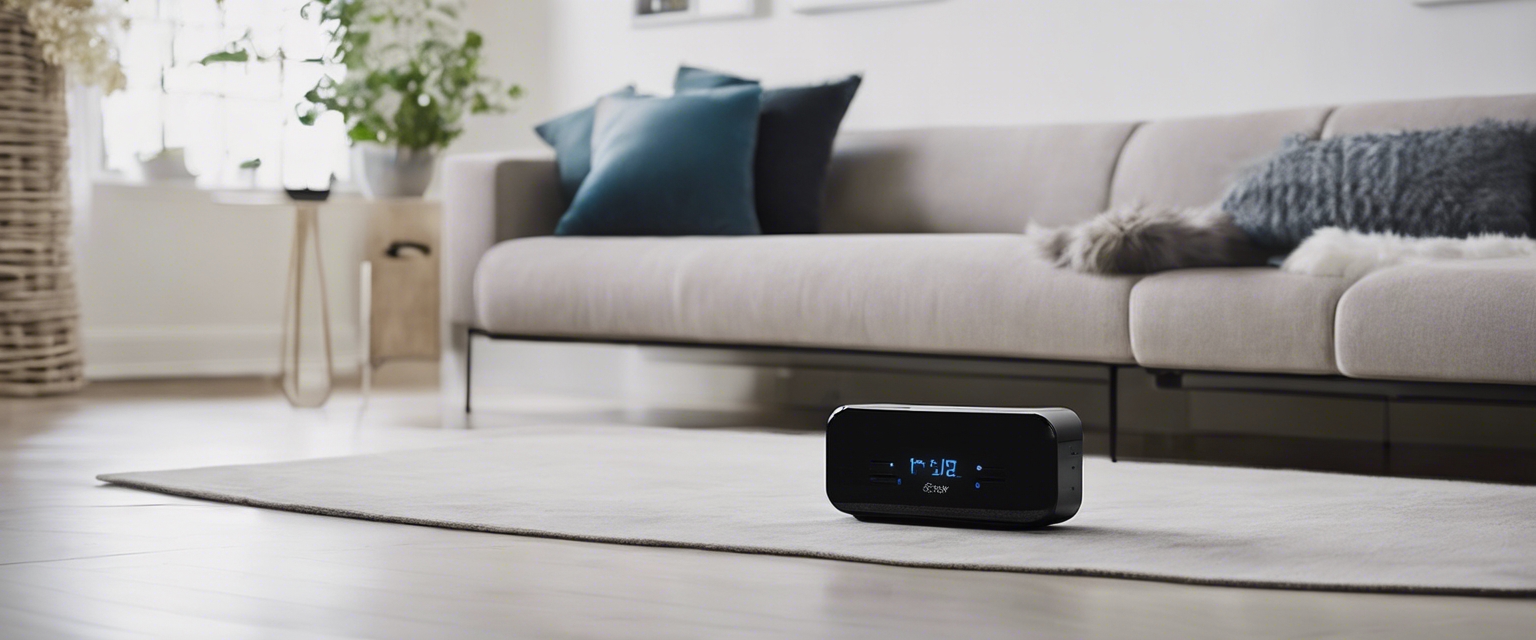Training your dog with anti-barking collars
Anti-barking collars are devices designed to help manage a dog's excessive barking. They are worn around the dog's neck and can deliver various types of stimuli to deter barking when it becomes inappropriate or excessive.
There are several types of anti-barking collars available, including static shock collars, vibration collars, ultrasonic collars, and spray collars. Each type uses a different method to achieve the same goal: reducing unwanted barking.
Anti-barking collars detect barking through sound or vibration and then deliver a predetermined stimulus to interrupt and reduce the barking behavior. The stimulus can be a mild shock, a vibration, a sound, or a spray of citronella.
While some dog owners find anti-barking collars effective, there is controversy regarding their use. Concerns about the welfare and ethics of using such devices are often discussed among pet professionals and dog lovers.
Choosing the Right Anti-Barking Collar
When selecting an anti-barking collar, consider your dog's size, breed, temperament, and the environment in which the collar will be used.
Look for features such as adjustable intensity levels, a range of stimuli options, safety shut-off mechanisms, and the ability to work in different weather conditions.
Understanding the reasons behind your dog's barking is crucial before choosing an anti-barking collar. Barking can be a sign of distress, boredom, or a response to environmental triggers.
Training Your Dog with an Anti-Barking Collar
Introduce the collar to your dog gradually, allowing them to get comfortable with wearing it before activating any of the stimuli.
Ensure the collar is fitted properly and that the settings are adjusted according to your dog's size and sensitivity.
Combine the use of the anti-barking collar with positive reinforcement training techniques. Reward your dog for quiet behavior and use the collar as a tool to gently remind them when barking is inappropriate.
Keep a close eye on your dog's reaction to the collar and adjust the settings if necessary. It's important to monitor their progress and ensure that the collar is having the desired effect without causing distress.
Maintaining the Anti-Barking Collar
Regularly check the collar for signs of wear and tear, and clean it according to the manufacturer's instructions to ensure it remains effective and safe for your dog.
Replace the collar if it shows significant signs of damage or if it stops functioning properly.
If you encounter issues with the collar, refer to the troubleshooting guide provided by the manufacturer or seek professional advice.






Comments (0)